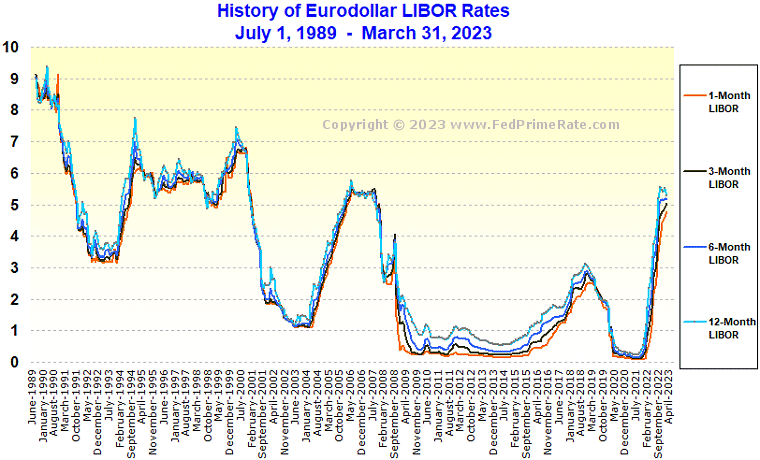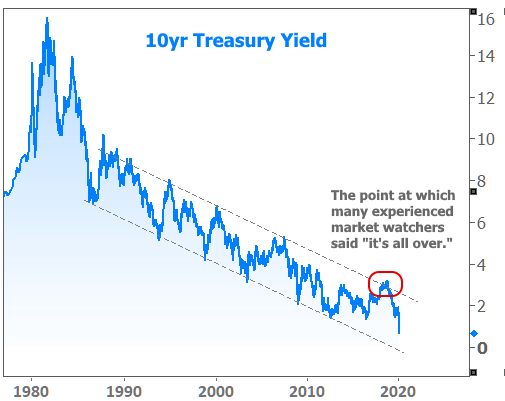Satisfactory credit - All housing and installation debt payments must have been made on time in the last 12 months; there are no more than 2 30-day late home loan or installation payments in the previous 24 months, and there is no major negative credit on revolving accounts in the last 12 months.
If no extenuating circumstances can be documented, the debtor may not qualify at all or the loan provider might require a large quantity of the primary limitation (if available) to be sculpted out into a Life Expectancy Set Aside (LESA) for the payment of home charges (real estate tax, homeowners insurance, etc.).
The fixed-rate program includes the security of a rates of interest that does not change for the life of the reverse home mortgage, however the rate of interest is usually higher at the start of the loan than an equivalent adjustable-rate HECM. Adjustable-rate reverse home mortgages normally have rates of interest that can change on a regular monthly or annual basis within particular limitations.
The preliminary interest rate, or IIR, is the real note rate at which interest accrues on the impressive loan balance on an annual basis. For fixed-rate reverse mortgages, the IIR can never ever change. For adjustable-rate reverse home loans, the IIR can change with program limitations approximately a life time interest rate cap.
The EIR is often various from the real note rate, or IIR. The EIR does not identify the quantity of interest that accumulates on the loan balance (the IIR does that). The overall swimming pool of cash that a debtor can get from a HECM reverse mortgage is Click for source called the principal limit (PL), which is computed based upon the optimum claim quantity (MCA), the age of the youngest debtor, the predicted rates of interest (EIR), and a table to PL elements released by HUD.
What Does How To Compare Lenders For Mortgages Do?
A lot of PLs are normally in the series of 50% to 60% of the MCA, however they can sometimes be higher or lower. The table below offers examples of principal limitations for different ages and EIRs and a home worth of $250,000. Borrower's age at origination Anticipated interest rate (EIR) Principal limit aspect (since Aug.
5% 0. 478 $119,500 65 7. 0% https://canvas.instructure.com/eportfolios/125977/alexispfzs866/How_Do_Conventional_Mortgages_Work__The_Facts 0. 332 $83,000 75 5. 5% 0. 553 $138,250 75 7. 0% 0. 410 $102,500 85 5. 5% 0. 644 $161,000 85 7. 0% 0. 513 $128,250 The primary limit tends to increase with age and reduce as the EIR increases. To put it simply, older borrowers tend to receive more money than more youthful borrowers, however the overall quantity of cash available under the HECM program tends to reduce for all ages as rate of interest rise.
Any additional proceeds readily available can be dispersed to the customer in numerous methods, which will be detailed next. The cash from a reverse home loan can be distributed in four ways, based upon the debtor's financial requirements and goals: Lump sum in money at settlement Monthly payment (loan advance) for a set variety of years (term) or life (period) Line of credit (comparable to a house equity credit line) Some mix of the above Note that the adjustable-rate HECM provides all of the above payment choices, however the fixed-rate HECM just uses swelling sum.
This means that borrowers who go with a HECM line of credit can potentially access click here to more money in time than what they initially got approved for at origination. The line of credit growth rate is determined by adding 1. 25% to the initial interest rate (IIR), which means the line of credit will grow quicker if the rates of interest on the loan increases.

Due to the fact that many debtors were taking full draw swelling sums (typically at the motivation of loan providers) at closing and burning through the cash rapidly, HUD looked for to protect borrowers and the practicality of the HECM program by limiting the quantity of profits that can be accessed within the first 12 months of the loan.
Not known Details About Why Reverse Mortgages Are A Bad Idea
Any remaining available profits can be accessed after 12 months. If the overall necessary commitments surpass 60% of the primary limit, then the debtor can draw an additional 10% of the principal limitation if readily available. The Housing and Economic Recovery Act of 2008 provided HECM debtors with the opportunity to purchase a new primary residence with HECM loan proceeds the so-called HECM for Purchase program, efficient January 2009.
The program was created to permit the senior to acquire a new primary home and acquire a reverse mortgage within a single transaction by getting rid of the need for a 2nd closing. Texas was the last state to enable reverse mortgages for purchase. Reverse home loans are often slammed over the concern of closing costs, which can sometimes be expensive.
Considering the limitations imposed upon HECM loans, they are similar to their "Forward" contemporaries in total expenses. how did subprime mortgages contributed to the financial crisis. The following are the most common closing expenses paid at near get a reverse home loan: Counseling cost: The primary step to get a reverse home mortgage is to go through a therapy session with a HUD-approved therapist.

Origination charge: This is charged by the lending institution to arrange the reverse home loan. Origination fees can vary extensively from lending institution to lending institution and can range from nothing to an optimum of $6,000. Third-party charges: These charges are for third-party services employed to complete the reverse home mortgage, such as appraisal, title insurance coverage, escrow, federal government recording, tax stamps (where relevant), credit reports, and so on.
The IMIP secures loan providers by making them whole if the house offers at the time of loan repayment for less than what is owed on the reverse home loan. This safeguards borrowers too because it indicates they will never ever owe more than their home is worth. Since 1/2019, the IMIP is now 2% of the max claim amount (Either the evaluated worth of the house approximately an optimum of $726,535) The annual MIP (mortgage insurance coverage premium) is.
Not known Details About What Does Arm Mean In Mortgages
The large majority of closing costs usually can be rolled into the new loan quantity (other than when it comes to HECM for purchase, where they're included in the down payment), so they do not require to be paid of pocket by the borrower. The only exceptions to this guideline may be the counseling cost, appraisal, and any repairs that might need to be done to the house to make it completely certified with the FHA standards prior to completing the reverse home loan.
These documents can be utilized to compare loan deals from various lenders. There are 2 continuous costs that might apply to a reverse home mortgage: yearly home loan insurance coverage and maintenance fees. The IMIP,( on time Preliminary Home loan Insurance Premium) of 2% of the evaluated value is charged at closing. The IMIP is the biggest expense connected with an FHA HECM or Reverse Home Mortgage.
The annual home loan insurance coverage is charged by FHA to guarantee the loan and accumulates each year at a rate of. 50% of the loan balance. Yearly home loan insurance coverage does not need to be paid of pocket by the borrower; it can be permitted to accumulate onto the loan balance with time.